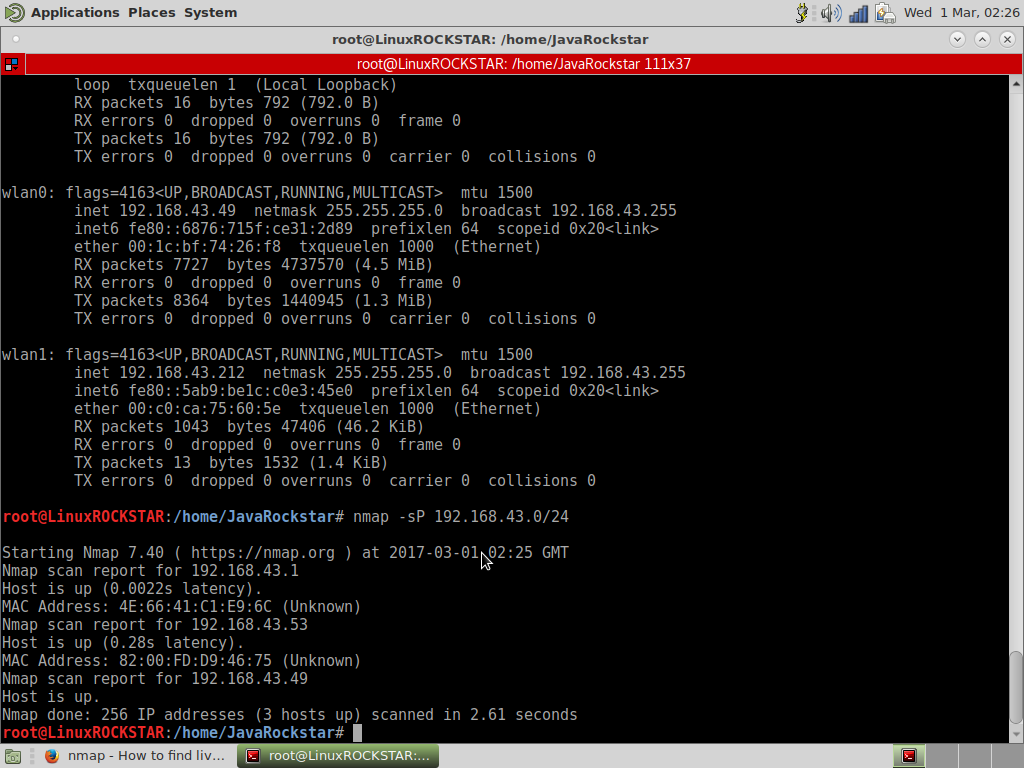
On navigating to the URL of the hacker container in your browser, you will be presented with a Jupyter notebook interface displaying a list of filesĪnd folders. The victim container provides the VNC interface on port 80. Since the user facing interface of the hacker and server containers is the Jupyter notebook we expose port 8888 to be accessible on the For instructions on setting up a minimal Kubernetes cluster on your local machine, refer to Minikube.īefore being able to run on either CHEESEHub or Kubernetes, Docker images needs to be built for the three application containers.Ĭontainer definitions for the hacker, victim, and, server can be found in the hacker-notebook, victim-vnc, and, server directories You can also run this application on your own Kubernetes The JSON spec for this ARPSpoof demonstration can beĬHEESEHub uses Kubernetes to orchestrate its application containers. Run on CHEESEHub, an application specification needs to be created that configures the Docker image to be used, memory andĬPU requirements, and, the ports to be exposed for each of the three containers. In order to set up this application to be Provides the necessary resources for orchestrating and running containers on demand. The recommended approach to running this set of containers is on CHEESEHub, a web platform for cybersecurity demonstrations. The hacker notebook contains instructions on conducting the ARP poisoning attack including the commands to be run on each of the three containers. Both the hacker and server provide a Jupyter notebook interface the necessary commands can be run in the terminal console provided by Jupyter.

The victim container provides a VNC interface to Ubuntu and the requisite commands can be run on the LXTerminal emulator. The hacker machine comes with the ARPSpoof command line tool for running an ARP poisoning attack. The containers all come with the necessary network tools to ping, examine ARP tables, and, trace packet routing between machines. This demonstration is designed using three Docker containers, one each for the hacker, victim, and, server attached to the same virtual
Arpspoof command how to#
Get further practical experience with how these attacks operate, and, learn how to identify such attacks. If you are currently learning about ARP poisoning in your class, you can Network traffic can be compromised by a well-situated hacker.


If you are a student in a cybersecurity or computer networks class, or, a budding web developer, it is instructive to understand how These two demonstrations together can illustrate the real-world impacts. Is also the first step in demonstrating SSLStrip, whereby even SSL-enabled communication can be compromised once a hacker has If you are an instructor teaching cybersecurity concepts and, specifically network security, you can use this example to provide hands-onĮxperience with ARPSpoof attacks, demonstrating the ease with which network traffic can be compromised.

You will beĪble to verify that the attack was successful by examining the ARP tables on the affected machines and monitoring network trafficīetween these machines. This repository contains a demonstration of the ARP poisoning attack. The first step in this attack involves "poisoning" the ARP table on the targeted machines so as toĪllow the hacker to intercept communication. The ARP (Address Resolution Protocol) Spoofing attack is a typical "man-in-the-middle" attack by which a hacker who has gainedĪccess to communication between two parties can subsequently monitor, and, relay modified communication between these parties ARPSpoof Attack Description of the scenario


 0 kommentar(er)
0 kommentar(er)
